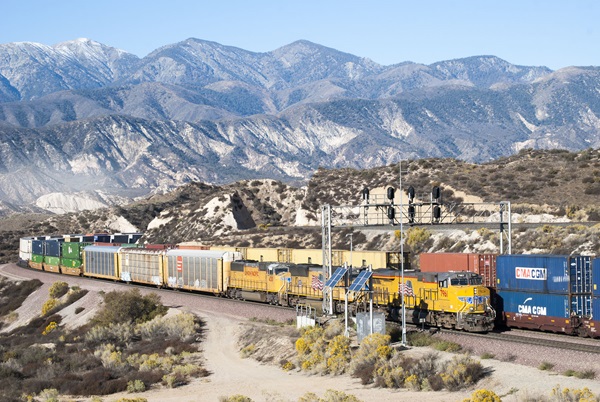
BOCA RATON, Fla. — Implementing positive train control was a long, costly process for the railroad industry.
Now that it’s in place, the people who know it best — the communications and signal specialists — are finding there are a lot of benefits to the technology beyond its primary purpose of accident prevention.
“As a signal maintainer, you get called in the middle of the night, and you’ve got to go out and get your meter out and all that,” said Tom Hilliard, Canadian National chief of signals and communication, during a portion of a panel discussion at last week’s National Railroad Construction and Maintenance Association Conference. “Now a guy goes out in his truck and opens his laptop up, and he knows where the trouble’s at.
“It helps with keeping the trains moving. That’s probably one of the best things.”
Carl Walker, CSX assistant vice president communications and signals and PTC systems — and the panel moderator — agreed.
“It’s all about reliability and what we’re able to provide to [the transportation department],” Walker said. “The railroad industry, we really don’t sell anything but service, and we have to do our part as a communication and signals group to make sure that the service we’re giving to transportation does not interfere with the service they’re providing to the customers.”
Steven Vant, assistant chief engineer-signal maintenance and construction for Conrail, and Rob Dickson, assistant vice president, signals and communication at Norfolk Southern, both noted the arrival of PTC had hastened the replacement of obsolete equipment. But Dickson noted there is one concern to keep in mind from replacing so much equipment in a short time frame.
“Something to think about is that equipment is going to age out at roughly the same time,” he said. “So you have this massive investment in all this equipment. What’s that going to look like 10, 15 years down the road, when you have this large investment?”
The next step for PTC technology will be seeing how else the railroads can take advantage of it.
“Anytime you take a wayside, a back office, an onboard, and telecommuncations, and tie them all together, I think that automatically says opportunity,” said Jerad Fritz, “assistant vice president, signals, at BNSF Railway. “We’re going to continue to expand on that technology with … onboard movement authority, PTC enabled wireless crossings. … We’ll talk about automated slow orders, et cetera.
“It forced people work together. When you force people to work together under one foundation to build upon, ideas are going to push us to expand upon that foundation, because we’re all tied together.”
Dickson is hopeful the ability to communicate with equipment in the field that is part of that linkage will lead to advances in predictive analytics, where problems can be resolved before they occur. “I need to find that failure before it happens, and before that train slows down,” he said.
Jay McAndrew, general director signal design and construction, at Union Pacific, said PTC “gave us the backbone of a communication network. It really tied our systems together. And now it’s leveraging that — whether it’s through new technologies, data mining, any number of different things — to Rob’s point, utilizing that information to get much smarter and prevent those variability events from happening.” (Earlier, McAndrew had said UP was beginning to see the first signs of that sort of predictive maintenance: “We’re able to use the data from the logs to predictively identify if there’s going to a problem and go out and fix it.”)
At CSX, there’s an emphasis on installing fiber communication systems in yards, Walker said, to help move all the data that’s now available. “With the amount of equipment in place on locomotives now, [improving] the communication infrastructure in these yards to assist in downloading that information and getting it to the back office so folks can do some analyzing is critical. …
“There’s no doubt that PTC has helped us along the wayside tremendously … addressing issues before they impact operations is critical to keeping trains moving. So building out our yard infrastructure is going to be key.”






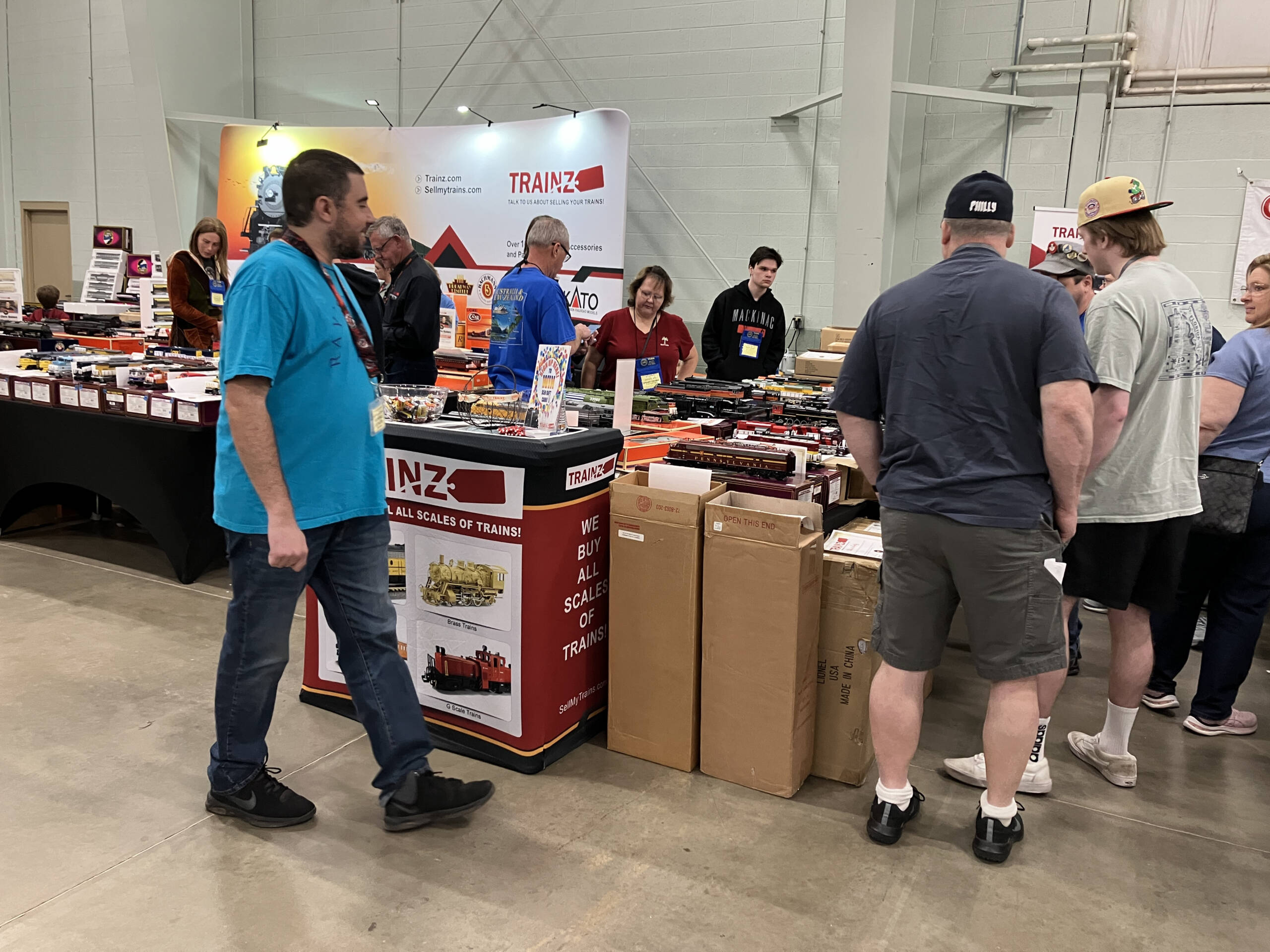
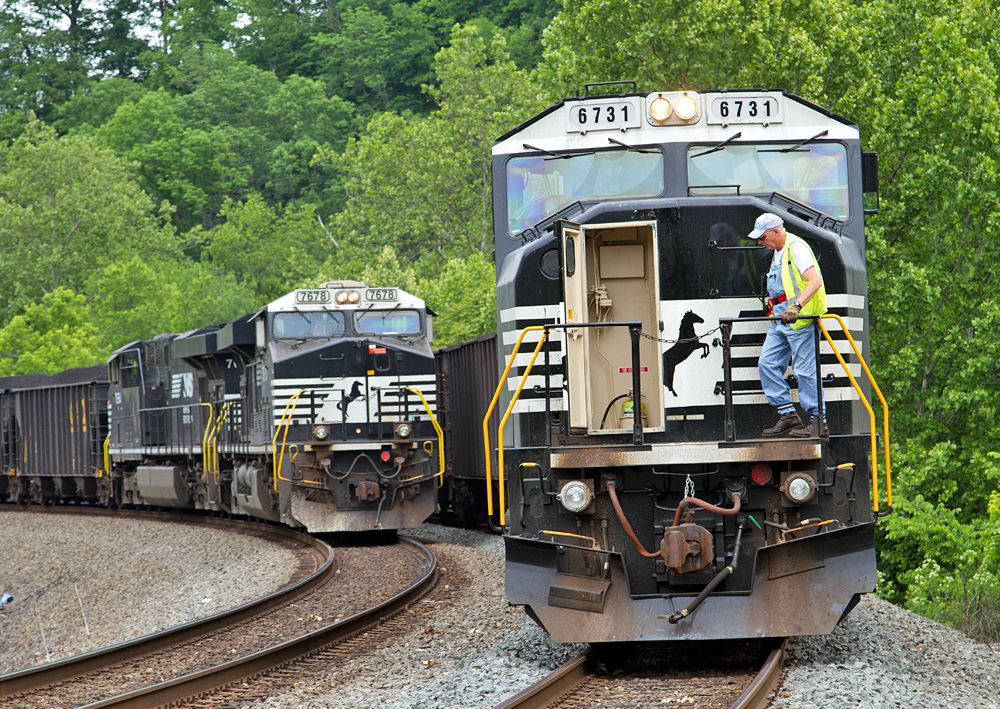
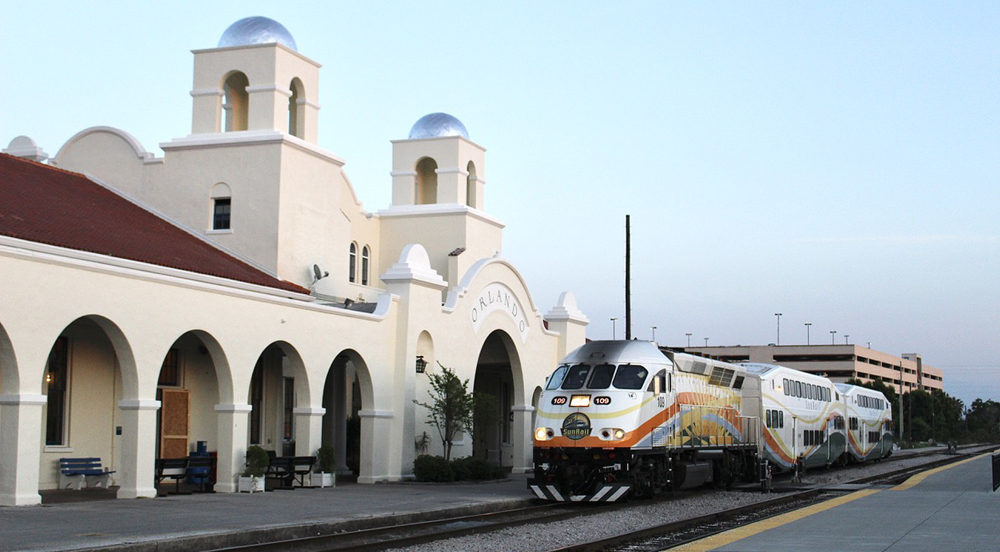
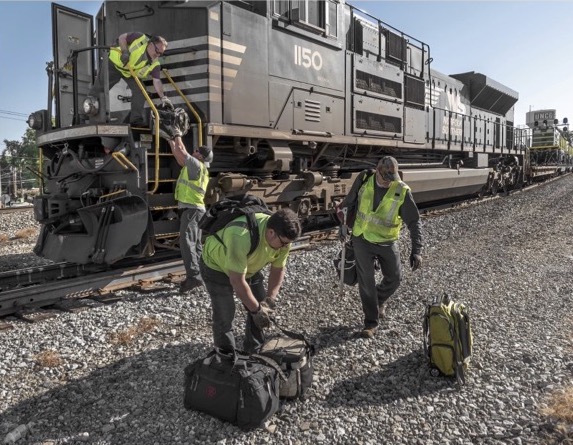




Nice press release from the railroads. Not one mention of how this could benefit the customers. PTC was conceived for safety reasons, but is being used to justify job cuts. Those Ferrari payments aren’t cheap after all.
What PTC has done is slowed railroads down. PTC not working? You now must run as if you are in dark territory even though wayside signals are in place and working. Depending on the railroad it also enforces signals differently. Some more in line with common sense and thus more fluidity. Others not so good.
Translation: we will reduce our labor costs because of this ridiculously expensive technology forced on us and will send ever higher profits to our lords on Wall Street.
See I could’ve written this article with one sentence.
Has any public-facing information been released concerning recent PTC uptime reliability from the viewpoint of the engineer in the cab? How often does he/she have to reboot the PTC computer or otherwise get dispatcher authority to run with PTC bypassed due to a problem?